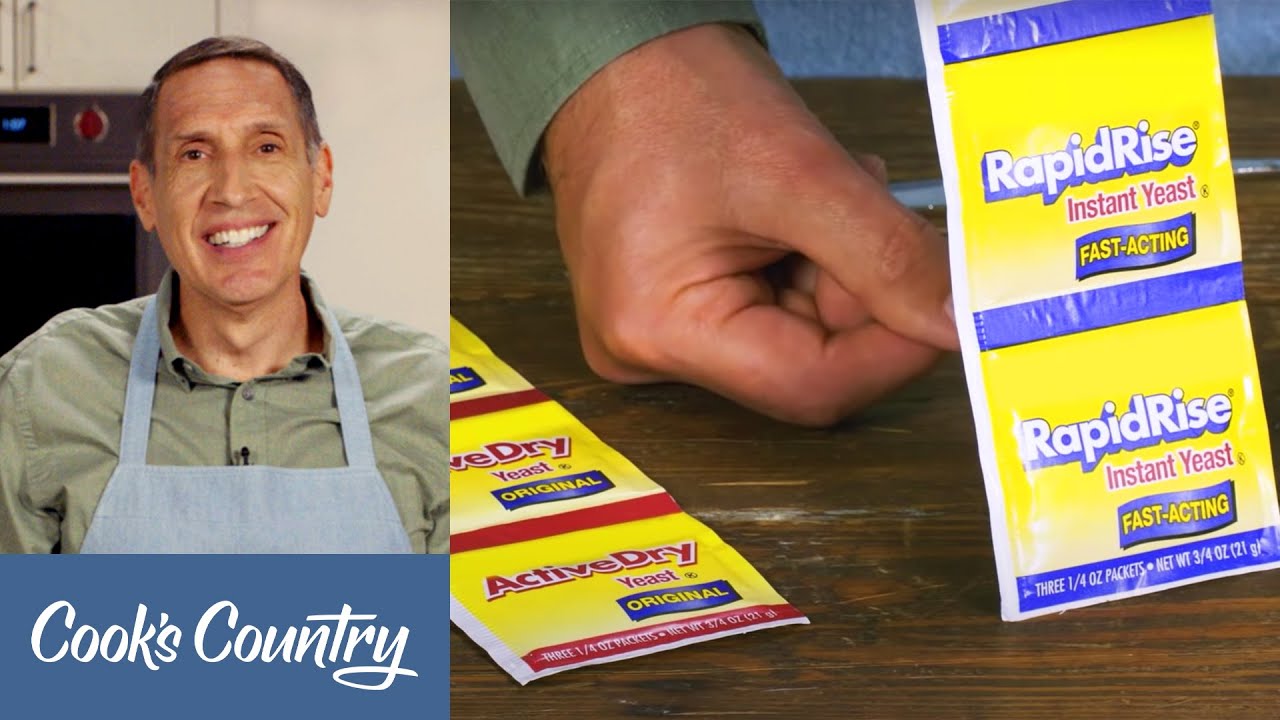Ingredient expert Jack Bishop talks about our top picks for leavening agents.
Buy Argo Baking Powder:
ABOUT US: Located in Boston’s Seaport District in the historic Innovation and Design Building, America’s Test Kitchen features 15,000 square feet of kitchen space including multiple photography and video studios. It is the home of Cook’s Illustrated magazine and Cook’s Country magazine and is the workday destination for more than 60 test cooks, editors, and cookware specialists. Our mission is to test recipes over and over again until we understand how and why they work and until we arrive at the best version.
If you like us, follow us:
Related posts
20 Comments
Leave a Reply Cancel reply
You must be logged in to post a comment.


I'm seeing videos where the baking powder and/or soda is stirred in to the batter at the very end — not with the dry ingredients. Is this a new technique? Should I modify my recipes to do this?
Thanks for this info! You rock, Jack!!!
Good info,
Good short video without any annoying disgusting "music" in background.
I'm personally excited for this exotic "biscuits" recipe he mentioned
Jack says the baking powders using aluminum compounds give an off flavor to biscuits which is true. However, commercial baking powder using sodium phosphate as the dry acid, is too strong an acid for me. It always bothers my digestive system. It is more expensive, but I definitely prefer to make my own baking powder with cream of tartar as the dry acid.
Simply explained! Thanks😃
Based on comments here and elsewhere I think I’m the only human in the US who dislikes sourdough bread.
I always learn so much from Jack!
The answer to why some recipes combine baking soda and powder seems off. If you wanted to alter browning, there are other variables to change that make more sense, e.g. time and/or temperature.
A reason that makes more sense is that the recipe may not have enough acid to support the amount of leavening needed in using baking soda alone. The additional baking powder provides additional leaving and acid needed.
A packet of yeast is about 2 teaspoons. Some recipes call for the whole packet, others for a fraction. How important is it to use the prescribed amount of yeast?
In a recipe that calls for a packet, could I use a fraction (then what, refrigerate the open packet)? I imagine I would just be waiting longer for the rise?
In a recipe that calls for a fraction (like pizza dough), could I use the whole packet?
Do you HAVE to proof the non fast acting yeast? Because I typically use non fast acting yeast for my pizza dough that I proof in the refrigerator for 24-48 hours before using. It seems to work just fine 🙂
Need more Jack Bishop!
Don't forget your starters. Gotta love that wild yeast leavener
I was hoping you might cover the live yeast that comes in cakes. That's what is available in Europe and I'm never quite sure how to use it.
I'm sure there is an article about it on the website, though!
I just re subscribed to your mag. Thanks
Love the information!
Thank you Jack, I always learn from the ATK people, and I know it's your baby!
Traditional Dry Active Yeast is the only type I use. It's what my grandmother used, my mom uses, and how I grew up learning how to make bread 🍞 It's a traditional type of yeast in rural Newfoundland. I personally like that the yeast takes more time because it creates more flavours, and I use half the amount than current recipes call for. So a current recipe calls for 2.25 tsp. of yeast, but I use 1 scant teaspoon. Bread making takes 5 or 6 hours, but I make 4 to 6 or more loaves at a time. My grandmother made a lot more every day to feed her large family.
Good explanation. And thanks for the baking powder recommendation.
Thank you, this was really informative!